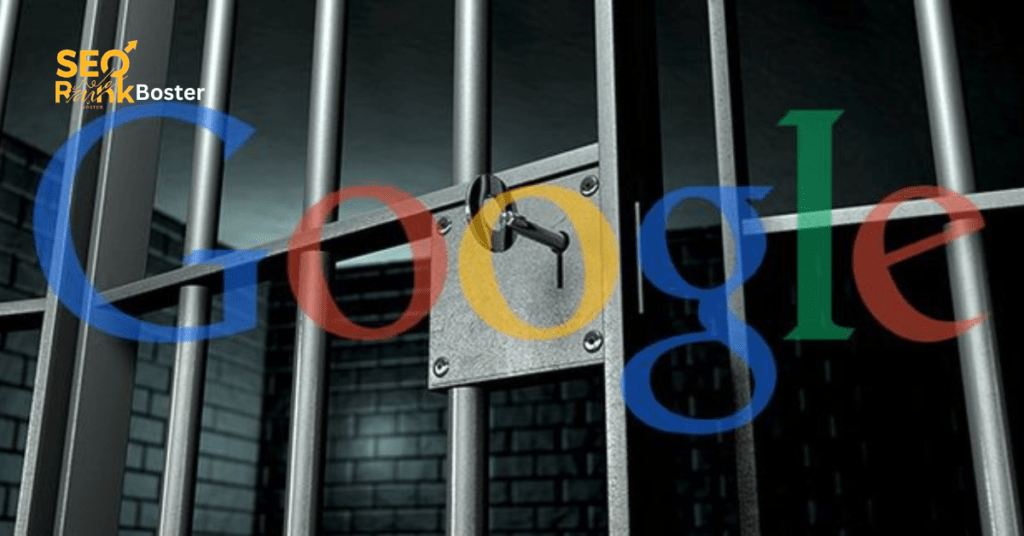Table of Contents
ToggleGoogle penalties can devastate your website’s visibility, slashing traffic and crippling your online presence. This guide delves into how to identify, recover from, and prevent Google penalties effectively. Whether you’re an online entrepreneur, a digital marketer, or a content creator, understanding these processes is crucial to maintaining strong rankings and avoiding future setbacks.
Who Searches for Google Penalty Recovery Services?
Users seeking Google penalty recovery services typically fall into the following categories:
- Digital Marketers
Professionals managing SEO campaigns frequently search for strategies to fix sudden ranking drops and restore site performance.
- Small Business Owners
Entrepreneurs running websites for their businesses often look for help when their site’s traffic plummets after violating Google’s Webmaster Guidelines.
- E-commerce Site Managers
With sales directly tied to search rankings, e-commerce operators aim to recover from penalties to restore their revenue streams.
- Content Creators
Bloggers or influencers affected by Google’s algorithmic updates seek recovery methods to regain visibility.
By targeting these groups, businesses offering penalty recovery services can tailor their solutions for maximum impact.
What Is a Google Penalty?
A Google penalty occurs when a website violates the search engine’s guidelines, resulting in a loss of traffic or rankings. These penalties are categorized into two main types:
1. Manual Penalties
Imposed by Google’s review team, these penalties are often a result of:
- Spammy backlinks
- Thin or duplicate content
- Keyword stuffing
2. Algorithmic Penalties
Triggered automatically by Google’s algorithm updates, these penalties arise from non-compliance with updates like:
- Helpful Content Update
- SpamBrain Update
- Core Algorithm Updates
Steps to Recover from a Google Penalty
Step 1: Diagnose the Problem
Identifying the root cause is critical for recovery. Use tools like Google Search Console, Ahrefs, and SEMrush to:
- Detect spammy backlinks
- Spot duplicate or low-quality content
- Identify crawl or indexing errors
Step 2: Clean Up Backlinks
- Disavow toxic backlinks through Google’s Disavow Tool.
- Reach out to webmasters to request removal of harmful links.
Step 3: Revamp Content
Content quality is a significant ranking factor. To recover, you must:
- Rewrite thin content with detailed, informative material.
- Remove duplicate pages or consolidate similar content using canonical tags.
- Ensure keywords are naturally embedded to avoid keyword stuffing penalties.
Step 4: Address Technical Issues
- Fix crawl errors like 404 pages or broken links.
- Optimize for mobile-friendliness and improve Core Web Vitals scores.
- Ensure your website loads quickly and provides an intuitive user experience.
Step 5: Submit a Reconsideration Request
For manual penalties, craft a detailed reconsideration request outlining the actions taken to fix issues and ensure compliance with Google’s guidelines.
Proactive Strategies to Avoid Future Penalties
1. Conduct Regular SEO Audits
Use tools like Screaming Frog to perform routine checks for technical SEO issues, duplicate content, and broken links.
2. Build High-Quality Backlinks
Focus on earning backlinks from reputable sources rather than engaging in link schemes.
3. Stay Updated with Google Algorithm Changes
Monitor updates like the SpamBrain Algorithm Update and adapt your site accordingly.
4. Prioritize User Experience (UX)
Google values websites that offer seamless UX. Ensure your site is:
- Mobile-friendly
- Fast-loading
- Easy to navigate
Leveraging Tools for Recovery
Google Search Console
Track penalties, monitor performance, and resolve indexing issues effectively.
Ahrefs
Analyze backlinks to identify harmful links that could lead to penalties.
SEMrush
Perform detailed SEO audits to identify gaps and monitor keyword performance.
Screaming Frog
Spot technical SEO issues that could harm your rankings.
Additional Tips for Recovery
- Focus on E-A-T (Expertise, Authority, Trustworthiness)
Ensure your content demonstrates expertise and credibility, particularly for industries like health, finance, or legal.
- Monitor Competitors
Analyze competitor strategies to understand how they maintain rankings and avoid penalties.
- Embrace Quality Over Quantity
Publish fewer, high-quality pages rather than churning out low-value content.
FAQs
Q: What are the signs of a Google penalty?
A sudden drop in rankings, significant traffic loss, or notifications in Google Search Console are clear indicators.
Q: How long does recovery take?
Recovery depends on the severity of the penalty. Algorithmic penalties may resolve after implementing changes, but manual penalties require Google’s review, which could take weeks or months.
Q: Can I prevent Google penalties?
Yes! Regular audits, quality content, ethical backlink practices, and staying informed about algorithm updates are effective preventative measures.
Final Thoughts
Recovering from a Google penalty requires a thorough approach, from identifying the root cause to taking strategic actions that rebuild your site’s authority. By maintaining high-quality content, ethical SEO practices, and proactive monitoring, you can not only recover but strengthen your site’s resilience against future penalties.
Investing in professional Google penalty recovery services can help you navigate complex situations with expert guidance, ensuring your website regains its rankings and thrives in the competitive online space.

